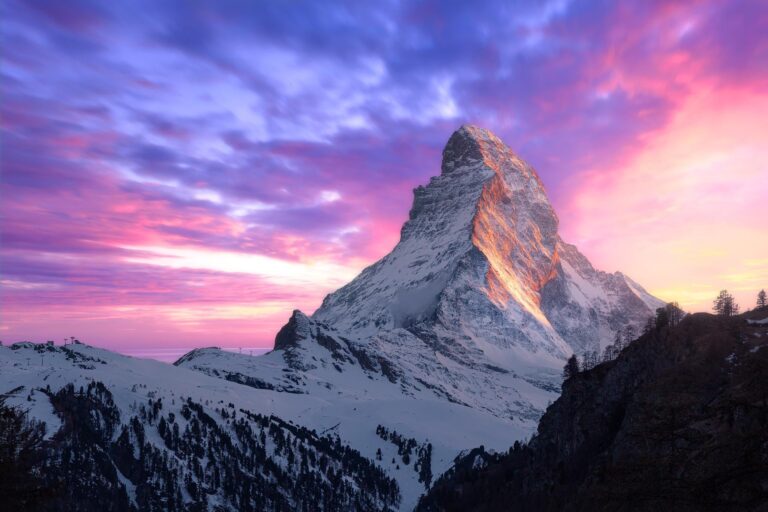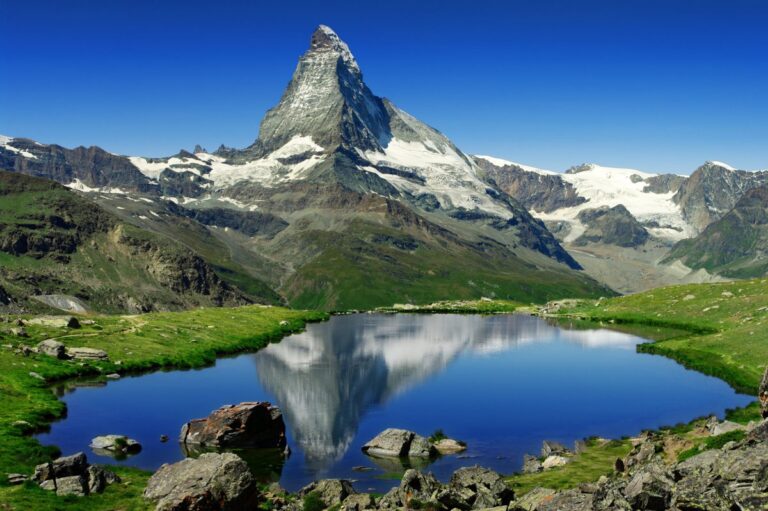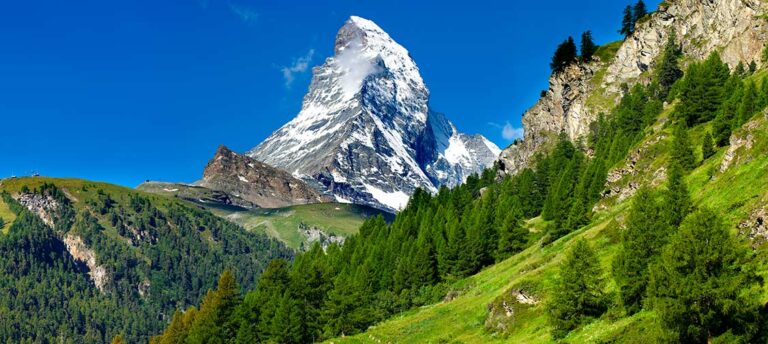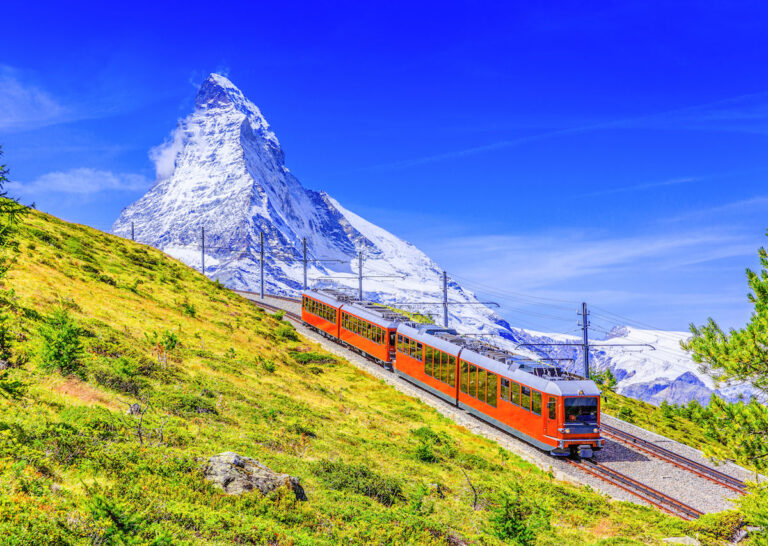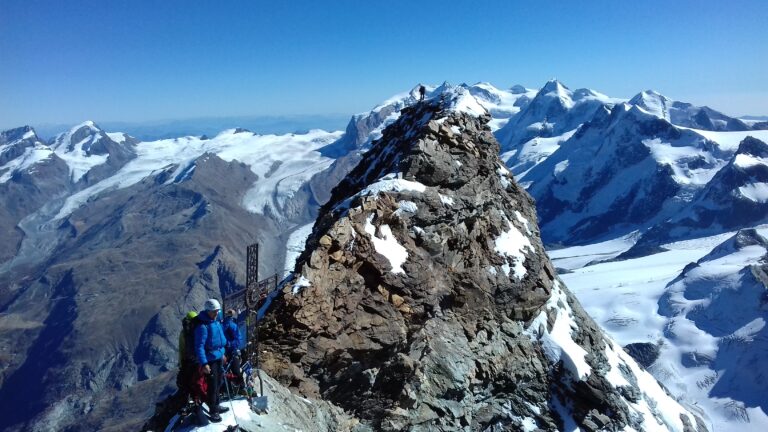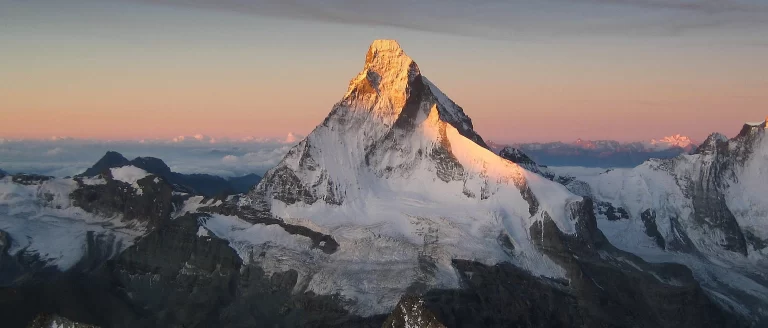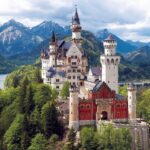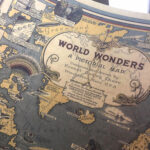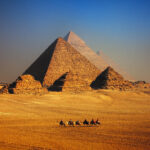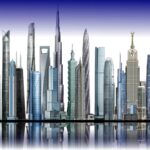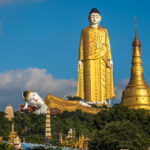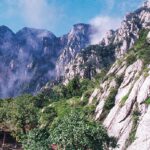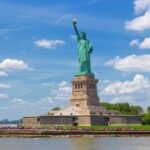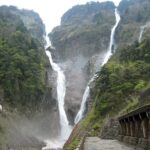
Switzerland is a landlocked country at the confluence of Western, central and Southern Europe. The country is a federal republic composed of 26 cantons, with federal authorities based in Bern. Switzerland is bordered by Italy to the south, France to the west, Germany to the north and Austria and Liechtenstein to the east. It is geographically divided among the Swiss Plateau, the Alps and the Jura, spanning a total area of 41,285 km2 (15,940 sq mi) and land area of 39,997 km2 (15,443 sq mi). Although the Alps occupy the greater part of the territory, the Swiss population of approximately 8.5 million is concentrated mostly on the plateau, where the largest cities and economic centres are, among them Zürich, Geneva and Basel. These three cities are home to several offices of international organisations such as the WTO, the WHO, the ILO, the headquarters of FIFA, the UN‘s second-largest office, as well as the main office of the Bank for International Settlements. The main international airports of Switzerland are also located in these cities. (Source from Wikipedia)



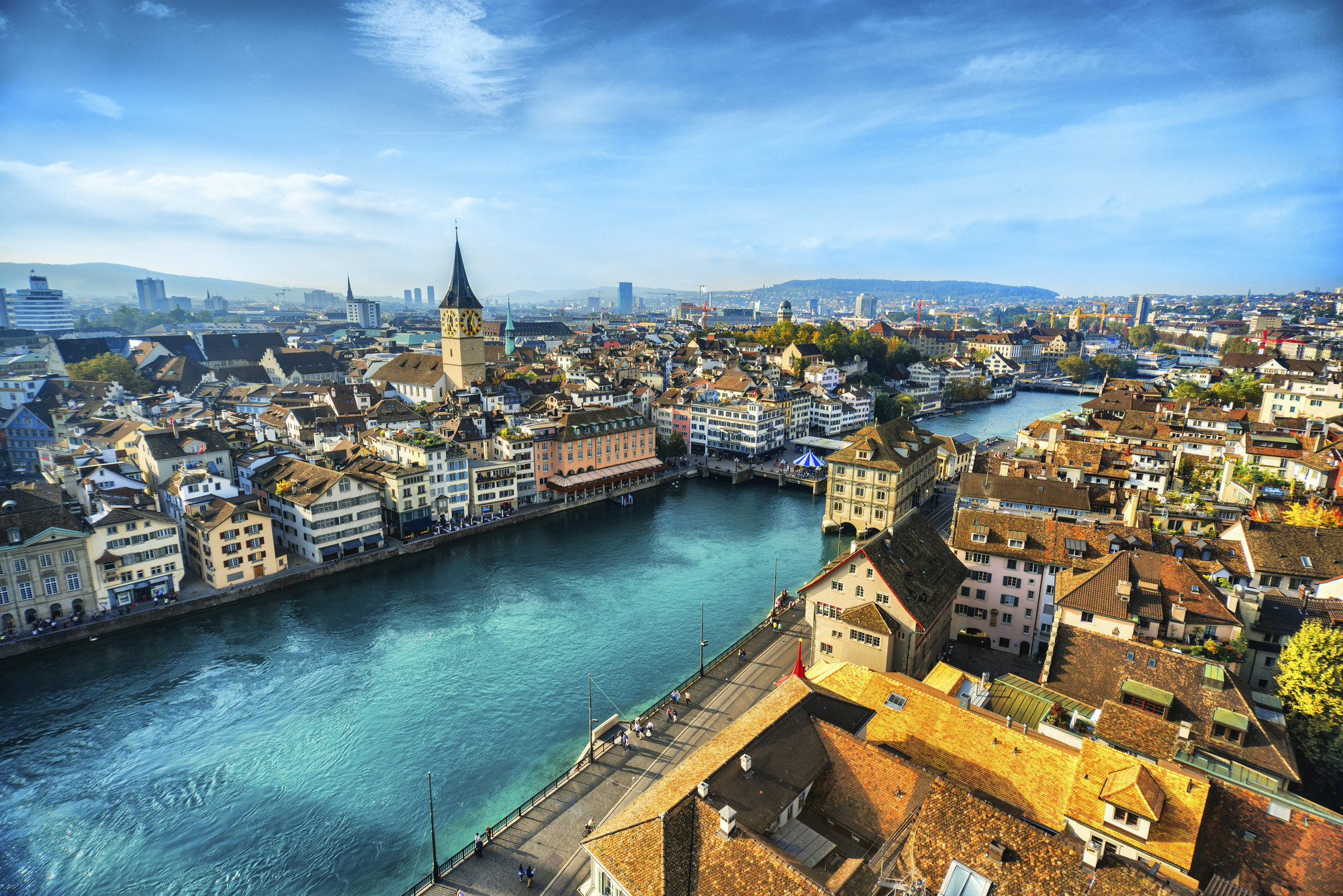
1. Zurich
Zürich is the largest city in Switzerland and the capital of the canton of Zürich. It is located in north-central Switzerland, at the northwestern tip of Lake Zürich. As of January 2020, the municipality has 434,335 inhabitants, the urban area 1.315 million (2009), and the Zürich metropolitan area 1.83 million (2011). Zürich is a hub for railways, roads, and air traffic. Both Zurich Airport and Zürich's main railway station are the largest and busiest in the country. Permanently settled for over 2,000 years, Zürich was founded by the Romans, who called it Turicum. However, early settlements have been found dating back more than 6,400 years (although this only indicates human presence in the area and not the presence of a town that early). During the Middle Ages, Zürich gained the independent and privileged status of imperial immediacy and, in 1519, became a primary centre of the Protestant Reformation in Europe under the leadership of Huldrych Zwingli. The official language of Zürich is German, but the main spoken language is Zürich German, the local variant of the Alemannic Swiss German dialect. Many museums and art galleries can be found in the city, including the Swiss National Museum and Kunsthaus. Schauspielhaus Zürich is considered to be one of the most important theatres in the German-speaking world.
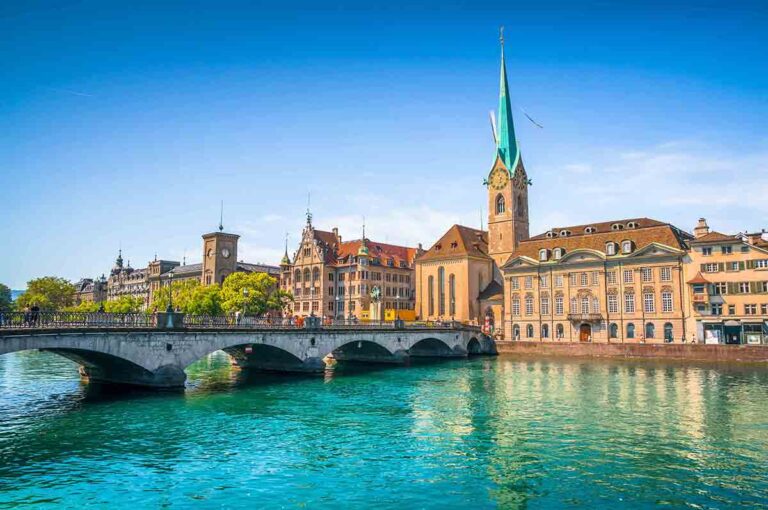

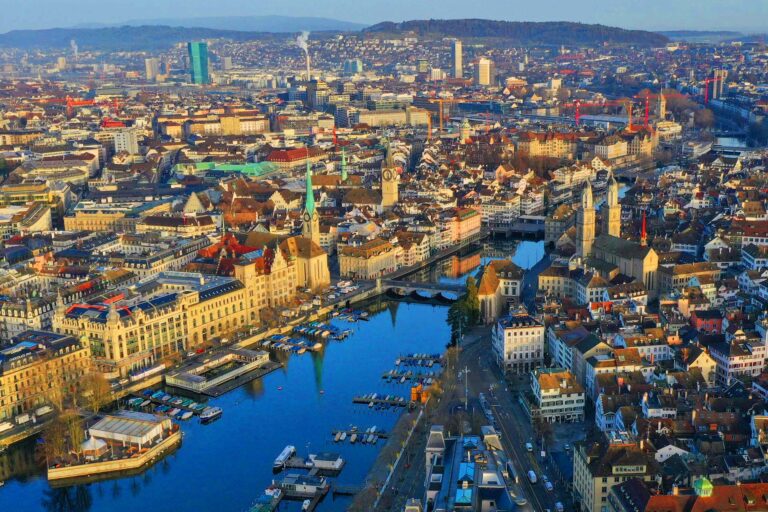
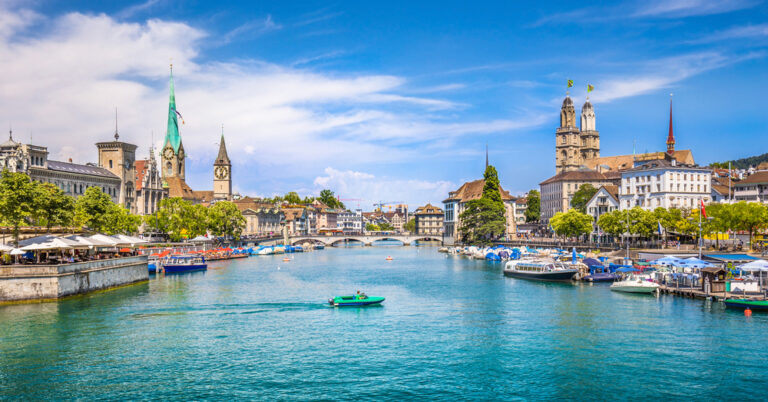
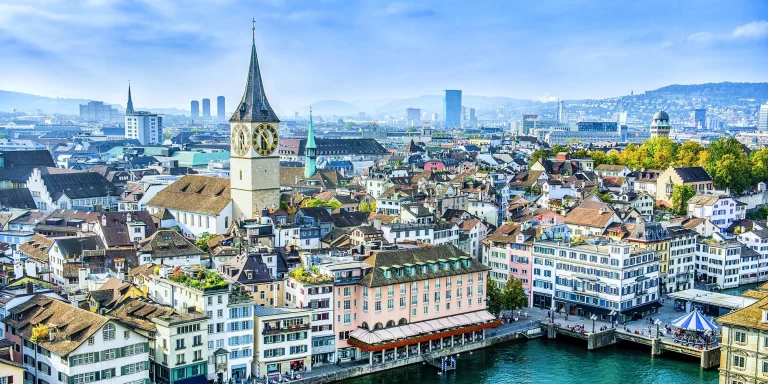



2. Rhine Falls
The Rhine Falls is a waterfall located in Switzerland and the most powerful waterfall in Europe. The falls are located on the High Rhine on the border between the cantons of Schaffhausen (SH) and Zürich (ZH), between the municipalities of Neuhausen am Rheinfall (SH) and Laufen-Uhwiesen/Dachsen (ZH), next to the town of Schaffhausen in northern Switzerland. They are 150 metres (490 ft) wide and 23 metres (75 ft) high. In the winter months, the average water flow is 250 m3/s (8,800 cu ft/s), while in the summer, the average water flow is 600 m3/s (21,000 cu ft/s). The highest flow ever measured was more than 1250m3/s in 1999, previous to that the record was 1,250 cubic metres per second (44,000 cu ft/s) in 1965; and the lowest, 95 cubic metres per second (3,400 cu ft/s) in 1921.[1] The falls cannot be climbed by fish, except by eels that are able to worm their way up over the rocks.
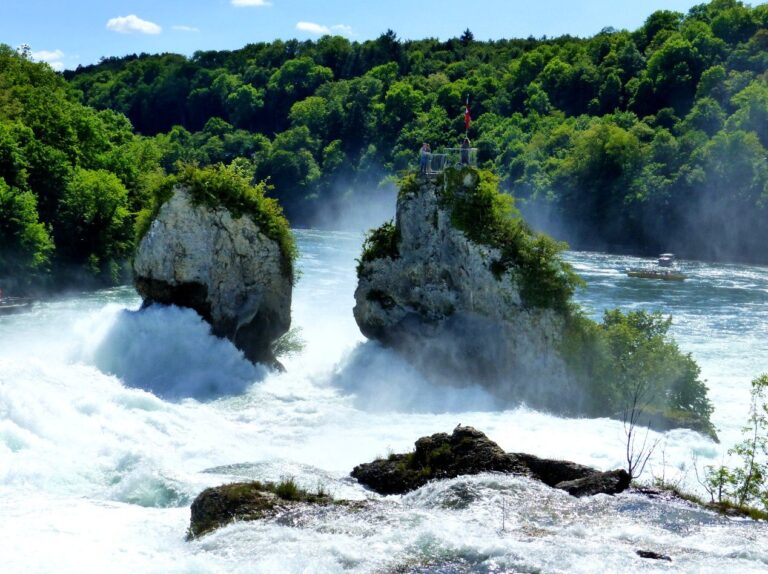
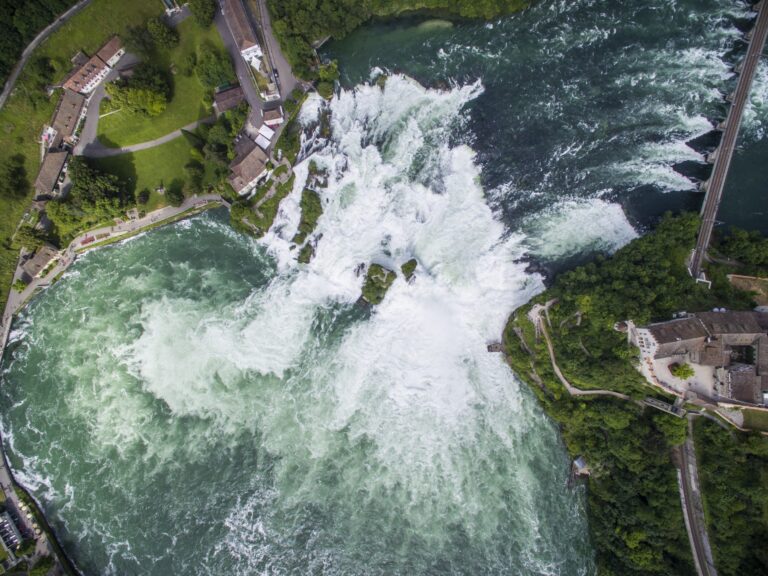
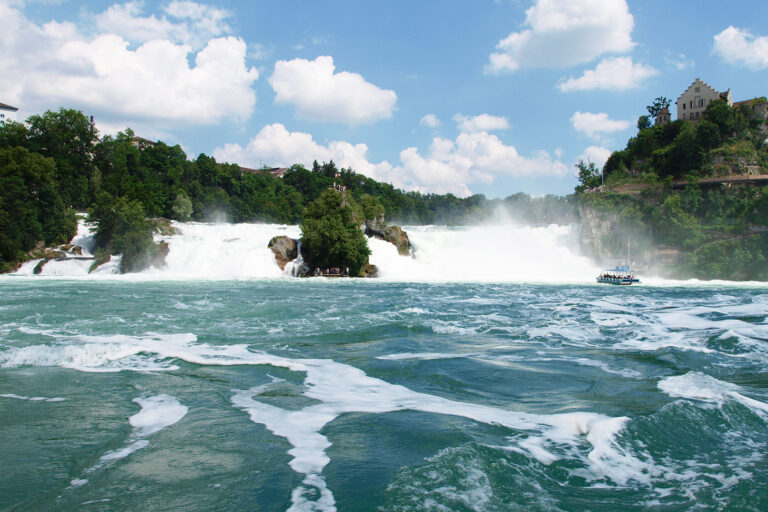

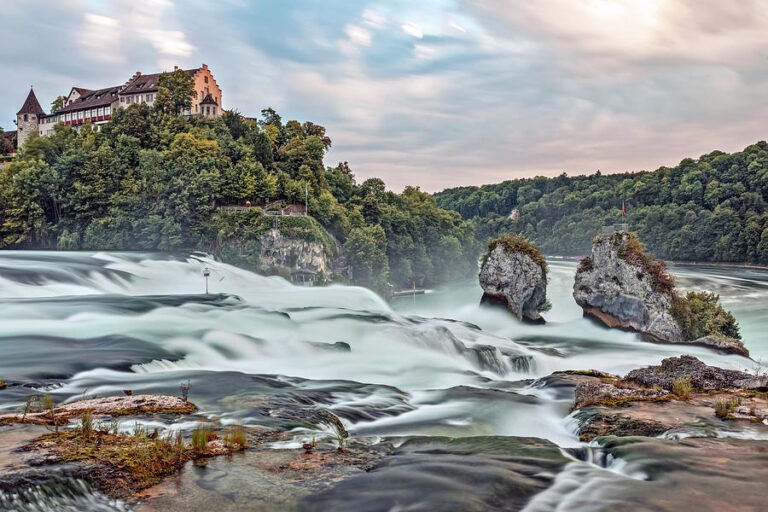

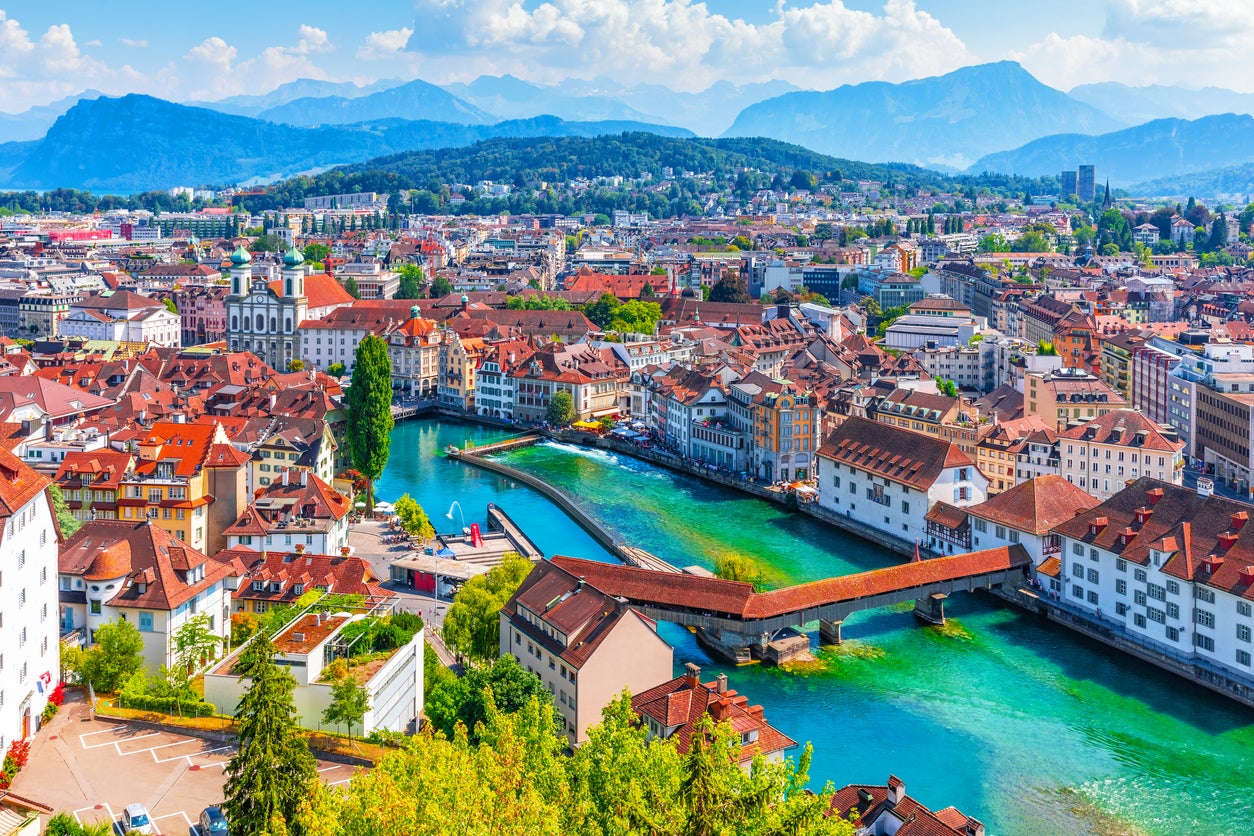
3. Lucerne
Lucerne is a city in central Switzerland, in the German-speaking portion of the country. Lucerne is the capital of the canton of Lucerne and part of the district of the same name. With a population of approximately 82,000 people, Lucerne is the most populous city in Central Switzerland, and a nexus of economics, transportation, culture, and media in the region. The city's urban area consists of 19 municipalities and towns with an overall population of about 220,000 people. Owing to its location on the shores of Lake Lucerne (German: Vierwaldstättersee) and its outflow, the river Reuss, within sight of the mounts Pilatus and Rigi in the Swiss Alps, Lucerne has long been a destination for tourists. One of the city's landmarks is the Chapel Bridge (German: Kapellbrücke), a wooden bridge first erected in the 14th century.


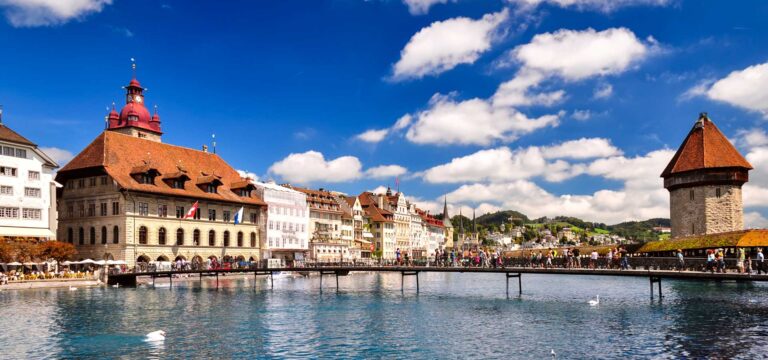
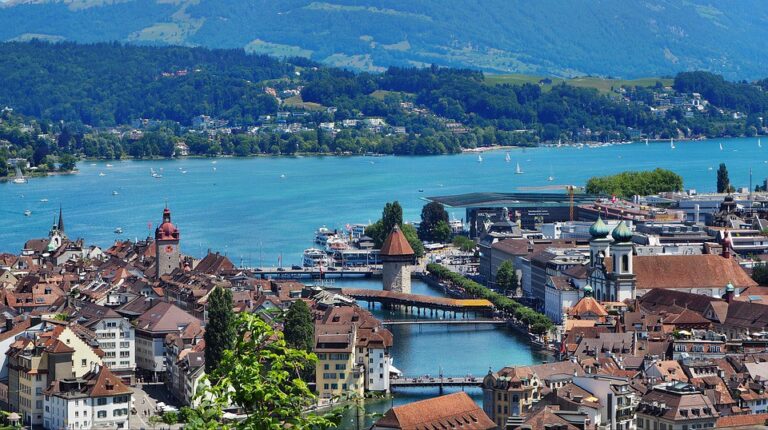
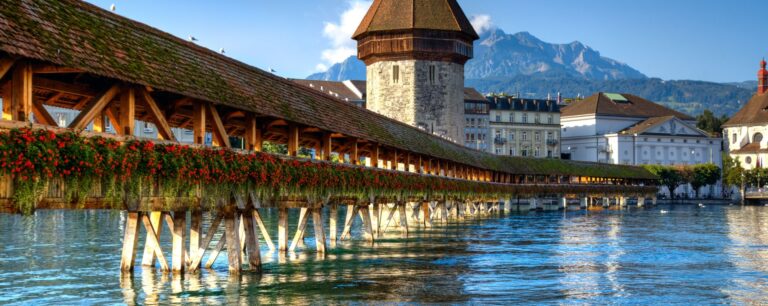
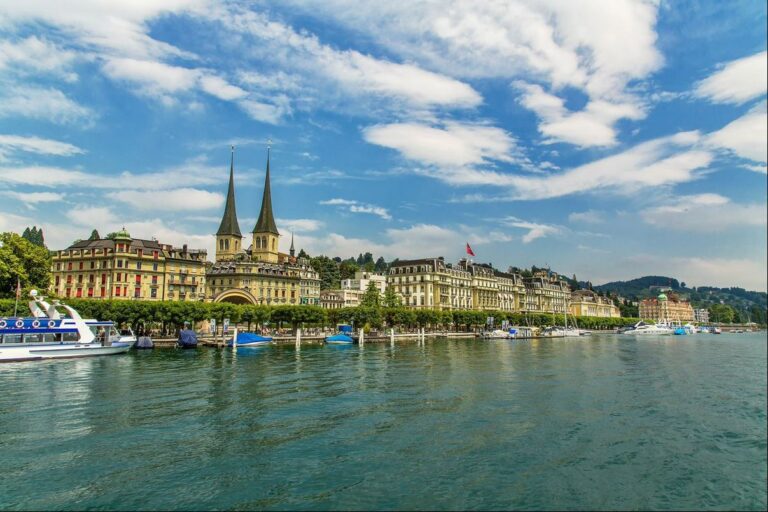
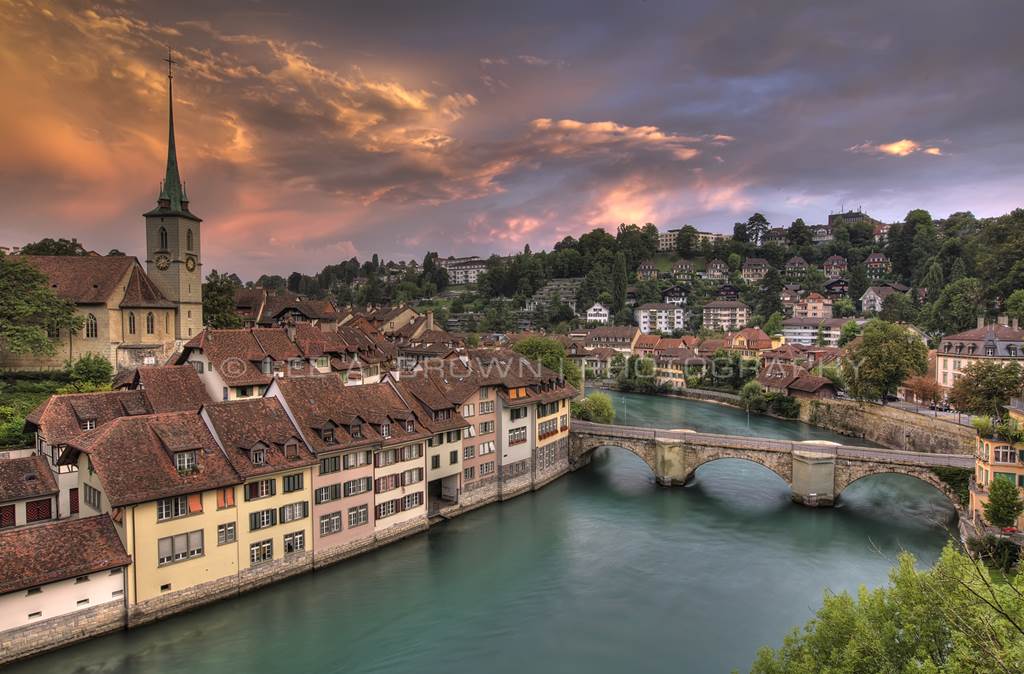
4. Bern
Bern is the de facto capital of Switzerland, referred to as the "federal city" (in German: Bundesstadt, French: ville fédérale, Italian: città federale, and Romansh: citad federala). With a population of about 144,000 (as of 2020), Bern is the fifth-most populous city in Switzerland. The Bern agglomeration, which includes 36 municipalities, had a population of 406,900 in 2014. The metropolitan area had a population of 660,000 in 2000. Bern is also the capital of the canton of Bern, the second-most populous of Switzerland's cantons. The official language is German, but the main spoken language is the local variant of the Alemannic Swiss German dialect, Bernese German. In 1983, the historic old town (in German: Altstadt) in the centre of Bern became a UNESCO World Heritage Site. It is notably surrounded by the Aare, a major river of the Swiss Plateau.
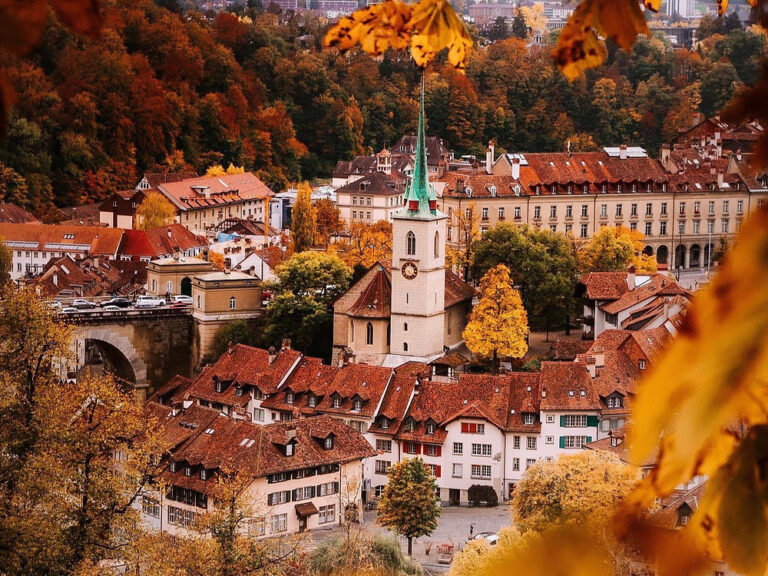
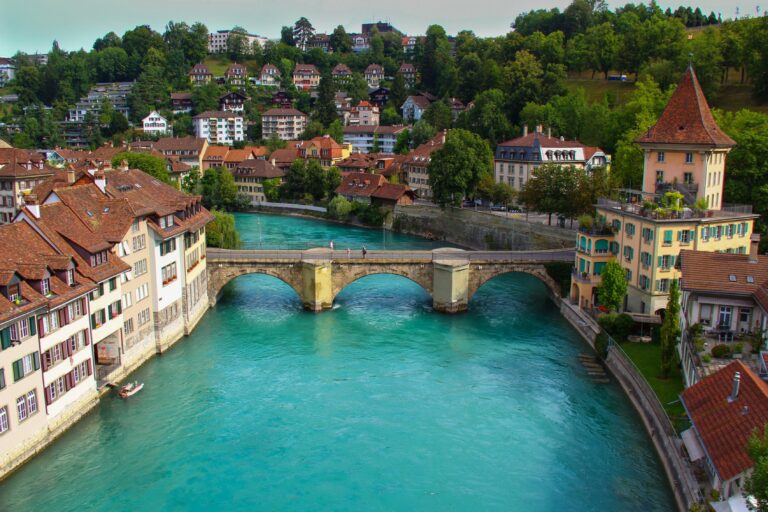

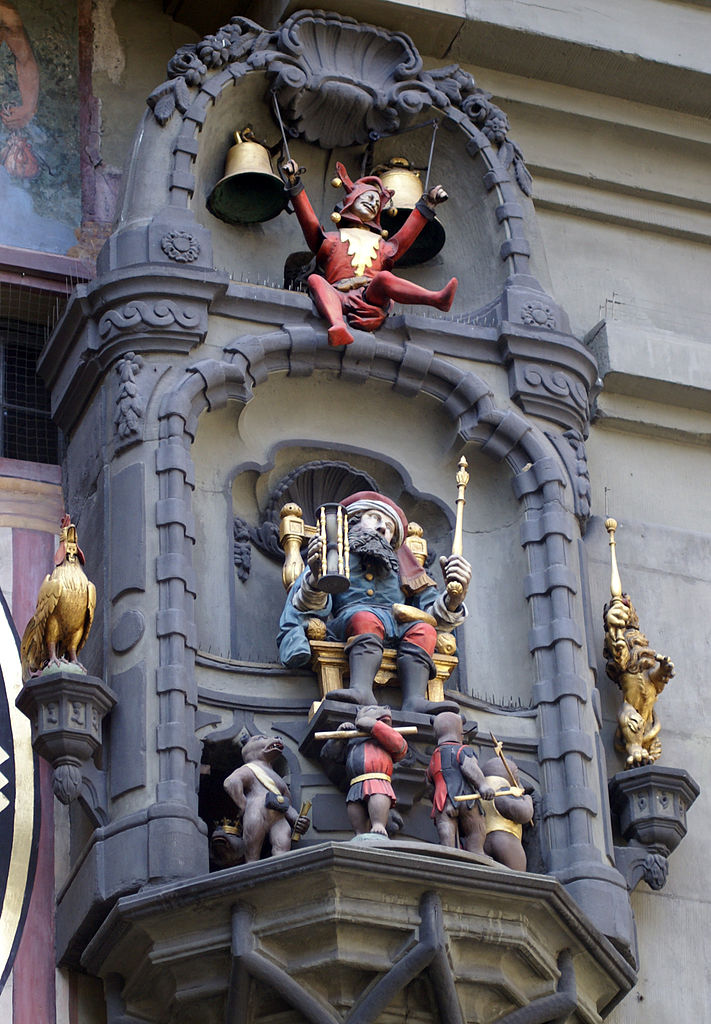

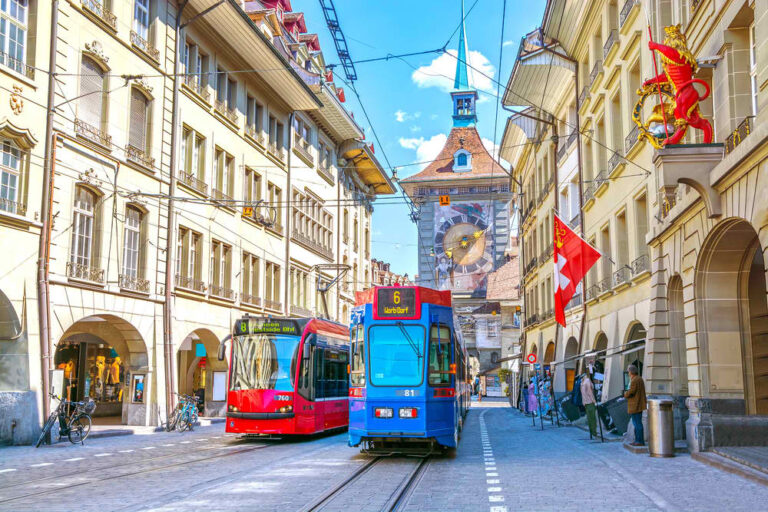

5. Lugano
Lugano is a city and municipality in Switzerland, part of the Lugano District in the canton of Ticino. It is the largest city of both Ticino and the Italian-speaking southern Switzerland. Lugano has a population (as of December 2020) of 62,315, and an urban agglomeration of over 150,000. It is the ninth largest Swiss city. The city notably lies on Lake Lugano, at its largest width, and, together with the adjacent town of Paradiso, occupies the entire bay of Lugano. The territory of the municipality encompasses a much larger region on both sides of the lake, with numerous isolated villages. The region of Lugano is surrounded by the Lugano Prealps, the latter extending on most of the Sottoceneri region, the southernmost part of Ticino and Switzerland. Both western and eastern parts of the municipality share an international border with Italy.
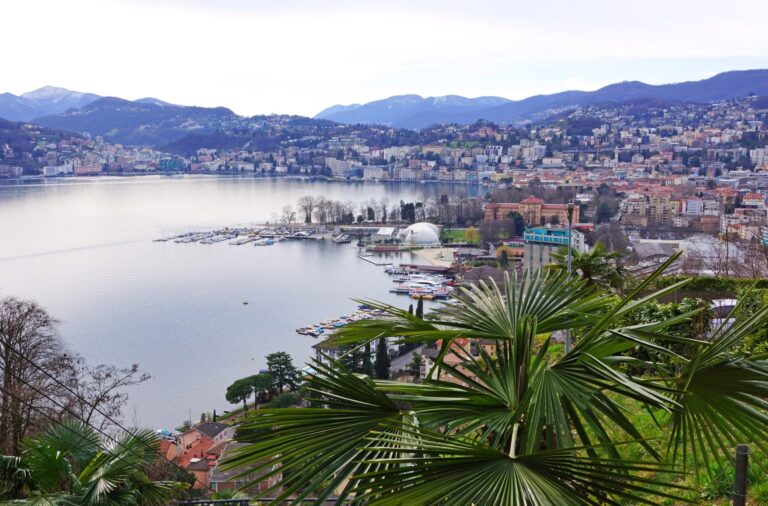




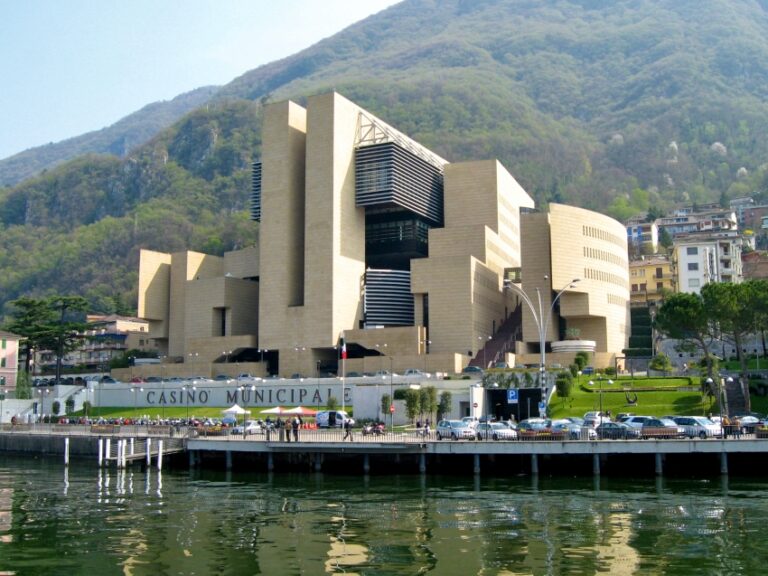

6. Lake Geneva
Lake Geneva is a deep lake on the north side of the Alps, shared between Switzerland and France. It is one of the largest lakes in Western Europe and the largest on the course of the Rhône. Sixty per cent (345.31 km2 or 133.32 sq mi) of the lake belongs to Switzerland (the cantons of Vaud, Geneva and Valais) and forty per cent (234.71 km2 or 90.62 sq mi) to France (the department of Haute-Savoie).
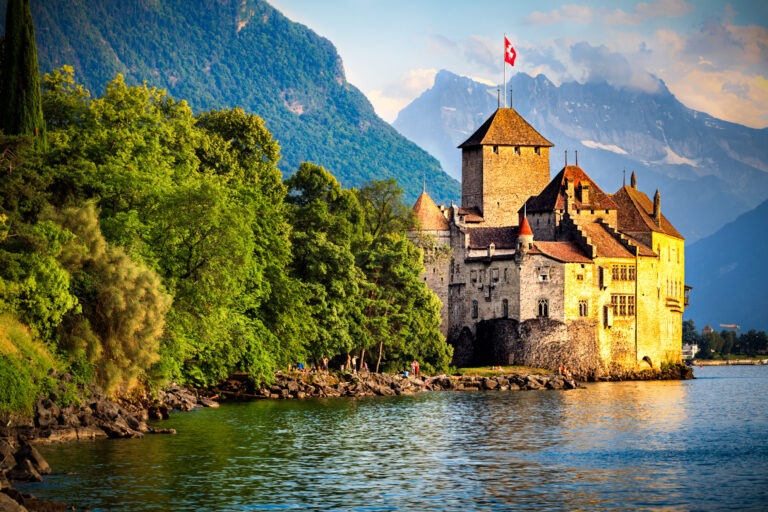
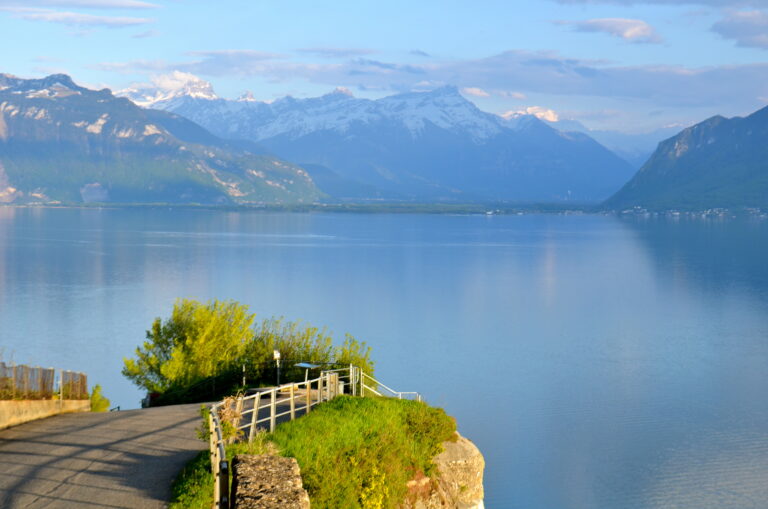
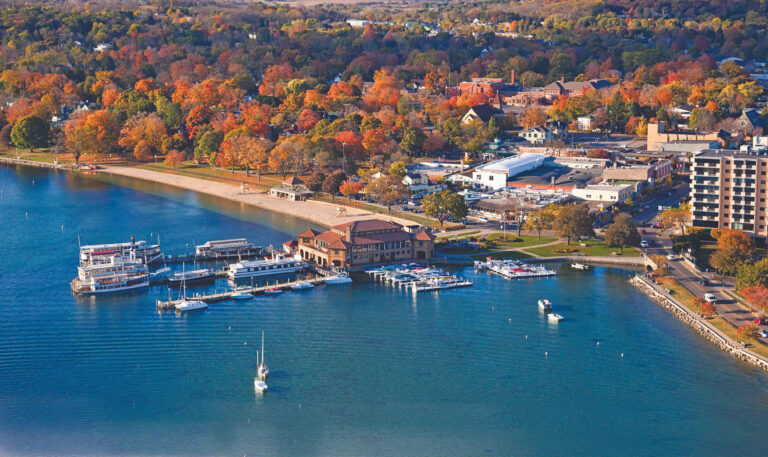
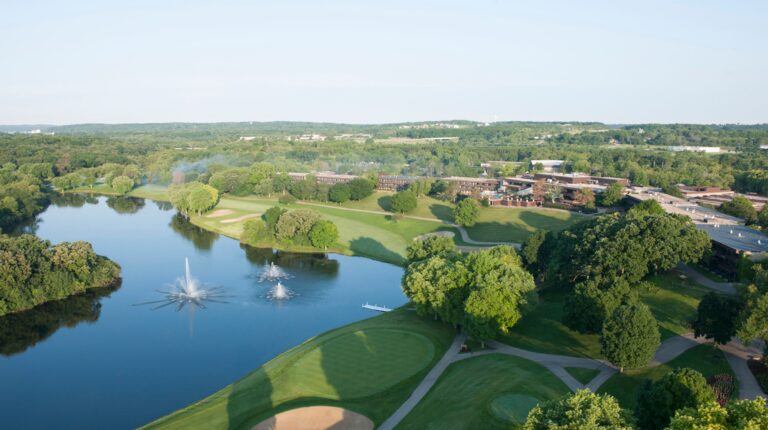
7. Schweizerischer Nationalpark
The Swiss National Park is located in the Western Rhaetian Alps, in eastern Switzerland. It is within the canton of Graubünden, between Zernez, S-chanf, Scuol, and the Fuorn Pass in the Engadin valley on the border with Italy. It is part of the worldwide UNESCO Biosphere Reserve.
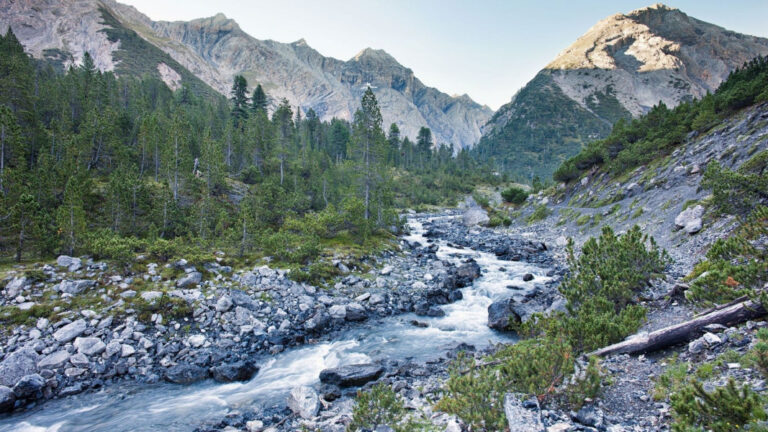
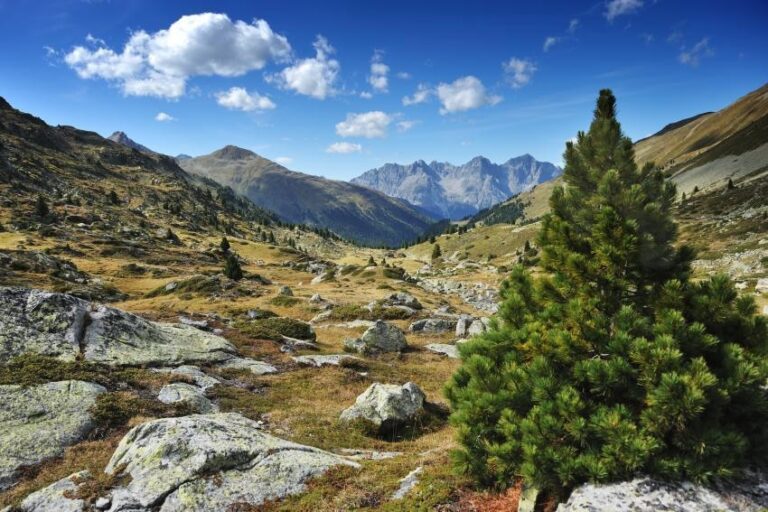
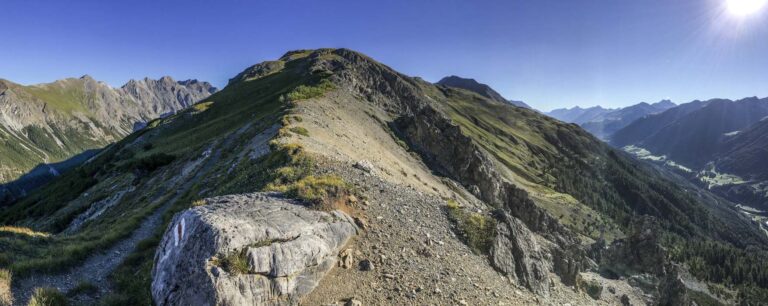
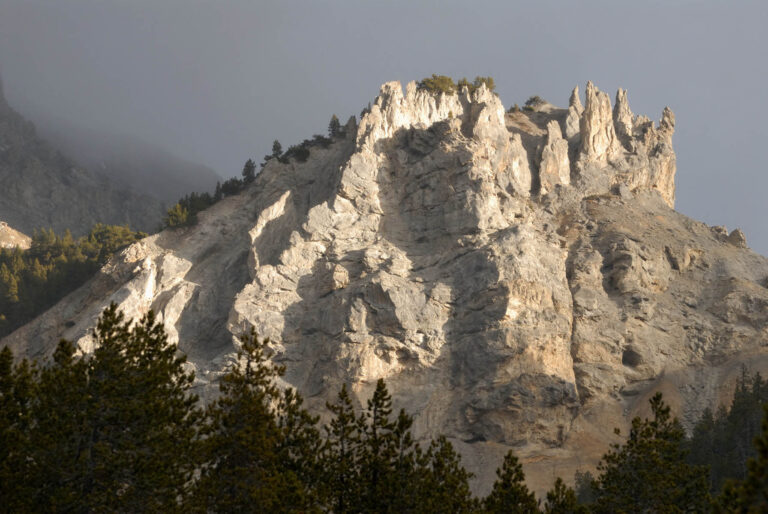

8. Jungfraujoch
The Jungfraujoch is a saddle connecting two major 4000ers of the Bernese Alps: the Jungfrau and the Mönch. It lies at an elevation of 3,463 metres (11,362 ft) above sea level and is directly overlooked by the rocky prominence of the Sphinx. The Jungfraujoch is a glacier saddle, on the upper snows of the Aletsch Glacier, and part of the Jungfrau-Aletsch area, situated on the boundary between the cantons of Bern and Valais, halfway between Interlaken and Fiesch.
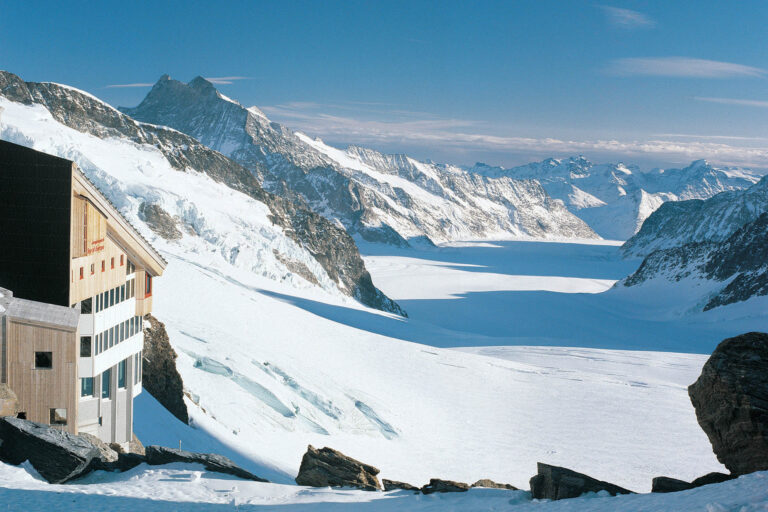
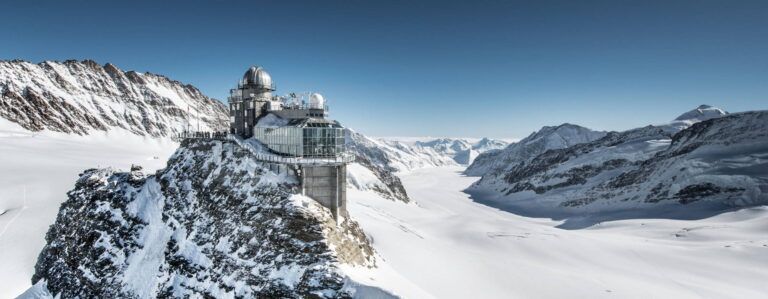
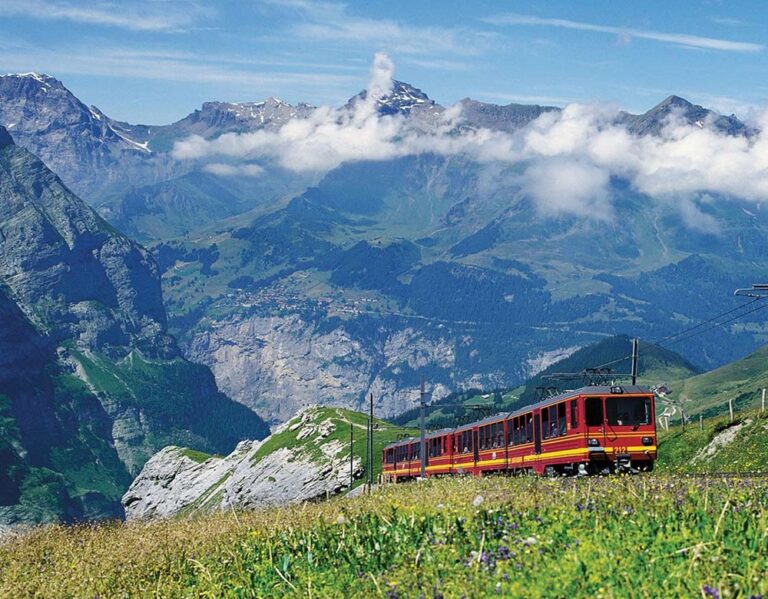
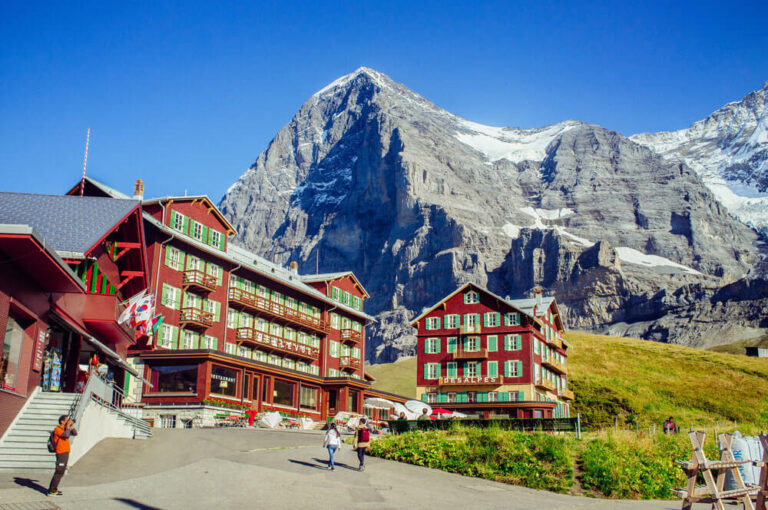

9. Château de Chillon
Chillon Castle is an island castle located on Lake Geneva (Le Léman), south of Veytaux in the canton of Vaud. It is situated at the eastern end of the lake, on the narrow shore between Montreux and Villeneuve, which gives access to the Alpine valley of the Rhône. Chillon is amongst the most visited medieval castles in Switzerland and Europe. Successively occupied by the House of Savoy then by the Bernese from 1536 until 1798, it now belongs to the State of Vaud and is classified as a Swiss Cultural Property of National Significance. The Fort de Chillon, its modern counterpart, is hidden in the steep side of the mountain.
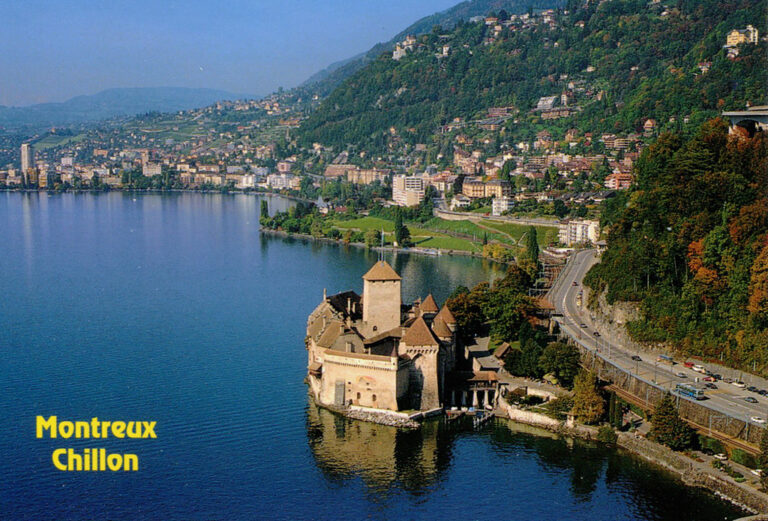
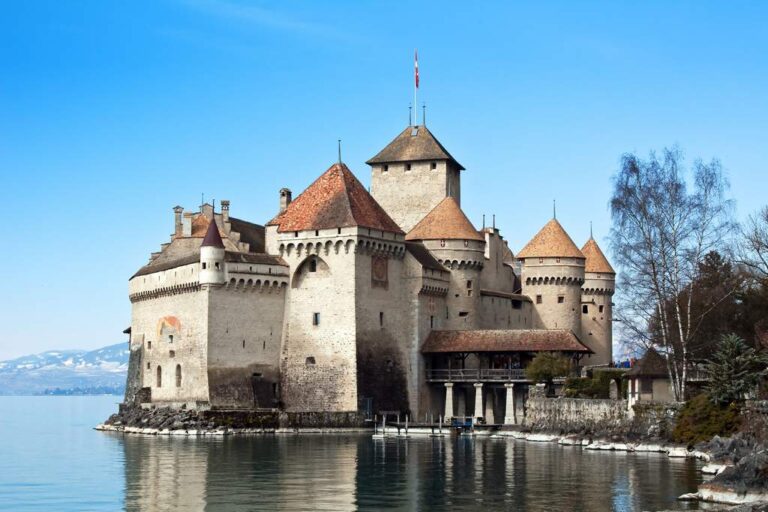
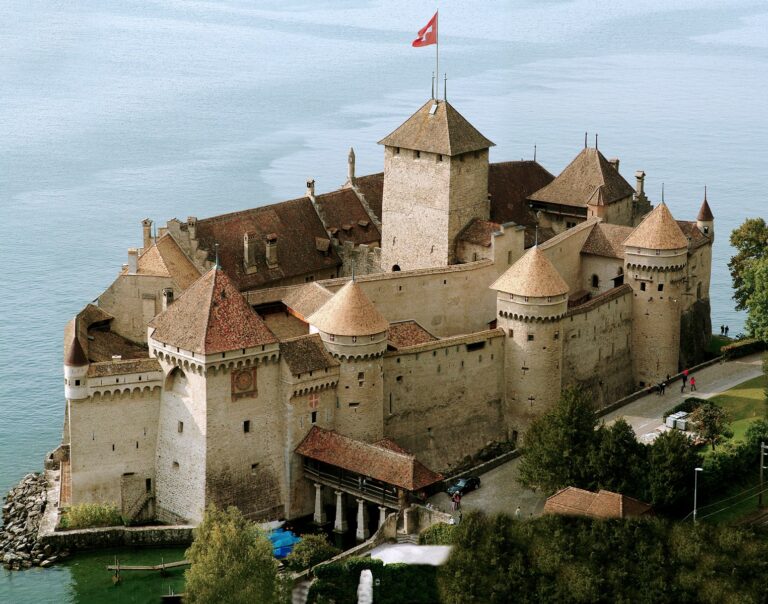
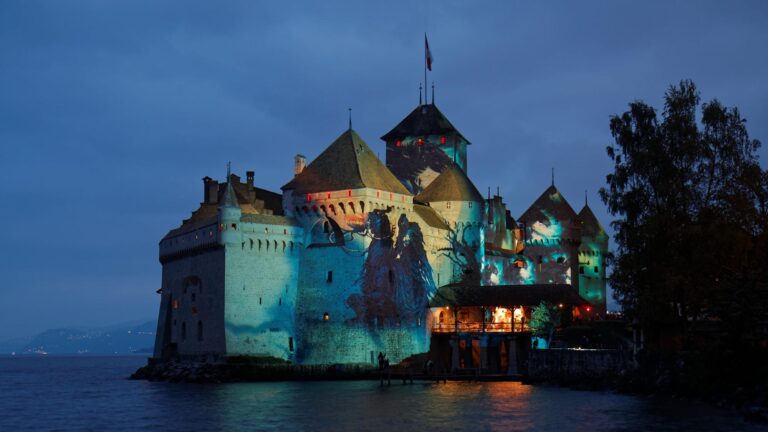
/GettyImages-468963673-5ad40ad2fa6bcc0036add08a.jpg)
10. The Matterhorn
The Matterhorn is a mountain of the Alps, straddling the main watershed and border between Switzerland and Italy. It is a large, near-symmetric pyramidal peak in the extended Monte Rosa area of the Pennine Alps, whose summit is 4,478 metres (14,692 ft) high, making it one of the highest summits in the Alps and Europe. The four steep faces, rising above the surrounding glaciers, face the four compass points and are split by the Hörnli, Furggen, Leone/Lion, and Zmutt ridges. The mountain overlooks the Swiss town of Zermatt, in the canton of Valais, to the north-east and the Italian town of Breuil-Cervinia in the Aosta Valley to the south. Just east of the Matterhorn is Theodul Pass, the main passage between the two valleys on its north and south sides, which has been a trade route since the Roman Era.
